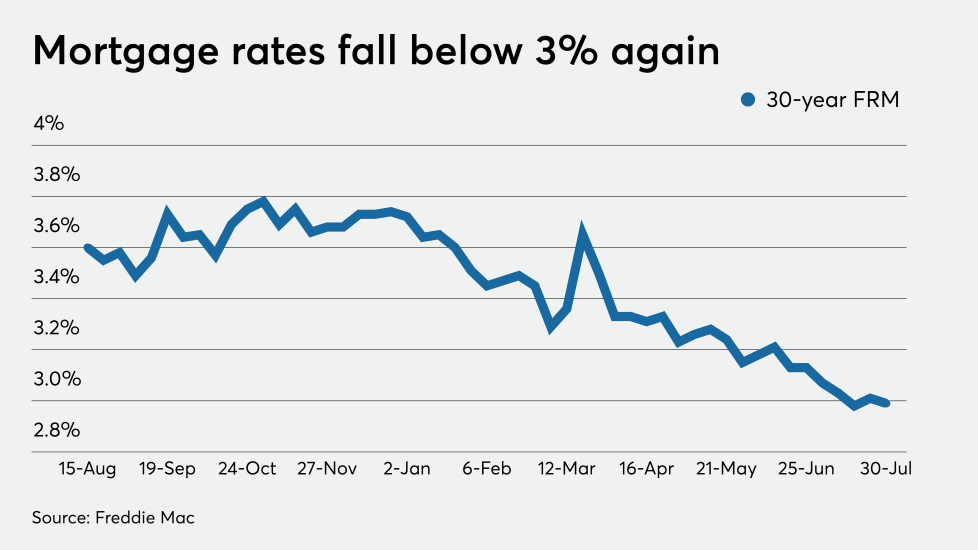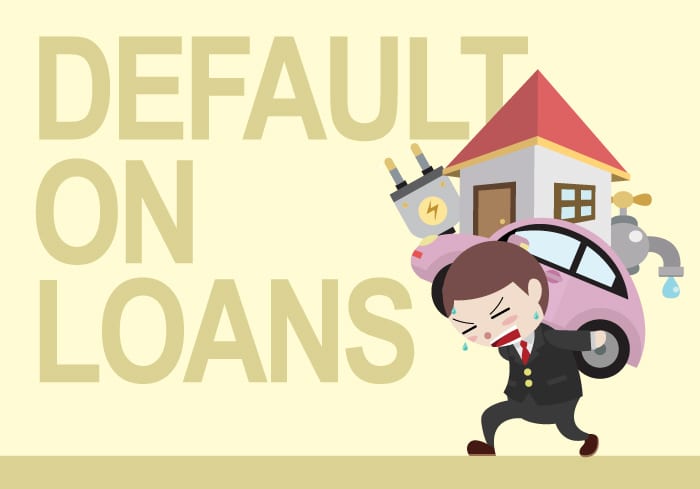

This statutory obligation is included in the Federal Housing Enterprises Financial Safety and Soundness Act of 1992.
#2016 mortgage defaults mac#
The Duty to Serve regulation governs the statutory obligation of Fannie Mae and Freddie Mac to serve very low-, low-, and moderate-income families in three underserved markets: manufactured housing, affordable housing preservation, and rural housing. Duty to Serve Dataĭata on “rural areas," “Indian areas,” “high opportunity areas,” and "areas of concentrated poverty" as defined by the Duty to Serve Regulation. Conforming Loan Limit Valuesįannie Mae and Freddie Mac single-family maximum allowable mortgage origination balances by county. Borrower Assistance Mapīorrower Assistance Map provides data on the performance of the Enterprises’ single-family loans and the level of assistance being provided to distressed borrowers including home retention and foreclosure alternative actions by state. Ideally, all borrowers are able to remain current on mortgage payments due after filing bankruptcy, but at least there is good news for those who find they’re unable to do so. Contact FHFA regarding Data and Research or with general questions or feedback.

It’s hoped that Congress will pass legislation permanently fixing the problem created by some courts around the country. The legislation allows debtors to still receive a discharge of debt incurred prior to filing bankruptcy if the mortgage payment defaults were limited in number. Bankruptcy Court for the Southern District of Iowa.Īs a result of the court rulings denying discharge to debtors who defaulted on mortgage payments after filing Chapter 13, Congress enacted a short-term and limited fix to the problem in the economic stimulus bills passed in 20. Thankfully, this is also the position of the U.S. This is a more reasonable position that’s consistent with the meaning and language of the bankruptcy code. Other courts take the opposite position, stating that mortgage payments made directly to the lender by debtors after a Chapter 13 is filed aren’t payments made “under the plan” and don’t lead to a denial of discharge.

Some courts have ruled that unless debtors are current on mortgage payments due after a Chapter 13 is filed they aren’t entitled to a discharge of debts incurred before filing bankruptcy. The impact of these “post-petition” payment defaults on a debtor’s ability to receive a discharge of debts has been the subject of several court decisions, and more recently, congressional action.

Sometimes though, and especially during the recent pandemic and economic recession, debtors default on regular monthly mortgage payments due after the filing of Chapter 13 bankruptcy. Those modifications result in interest being paid on interest and a loss of home equity. It’s a better approach than the typical loan modification offered by mortgage lenders that attach the default balance to the end of the loan. Debtors can spread the amount of the default over five years to get caught up on mortgage payments and avoid foreclosure. Chapter 13 bankruptcy is often used to “cure” mortgage defaults.


 0 kommentar(er)
0 kommentar(er)
